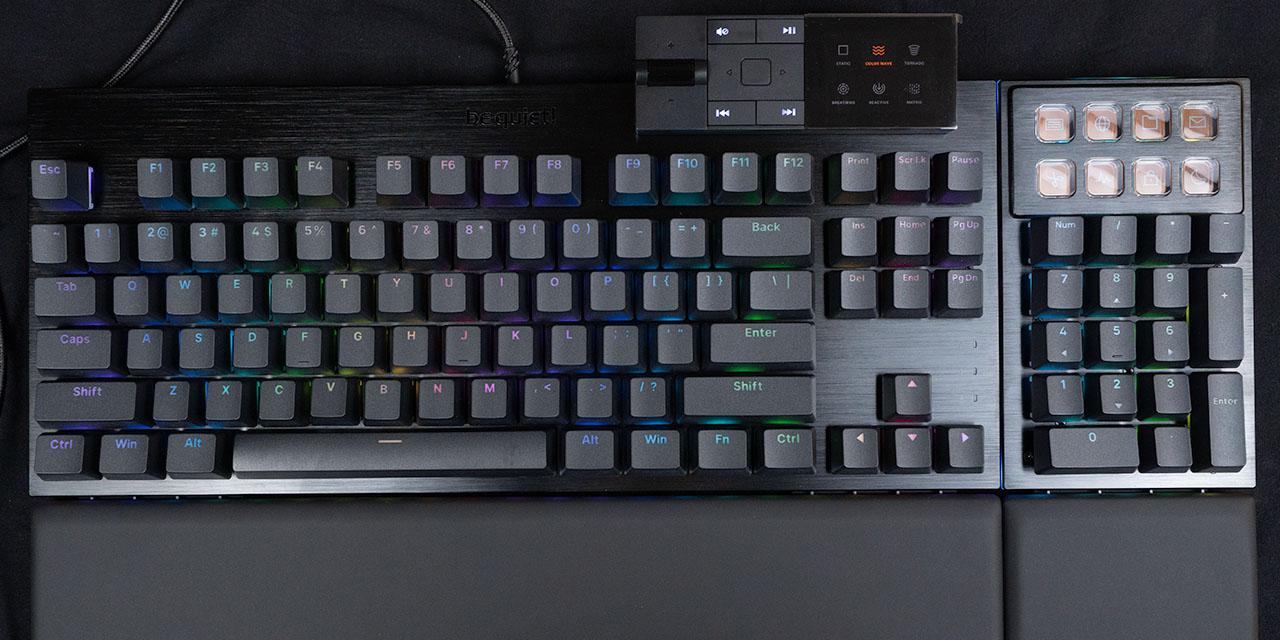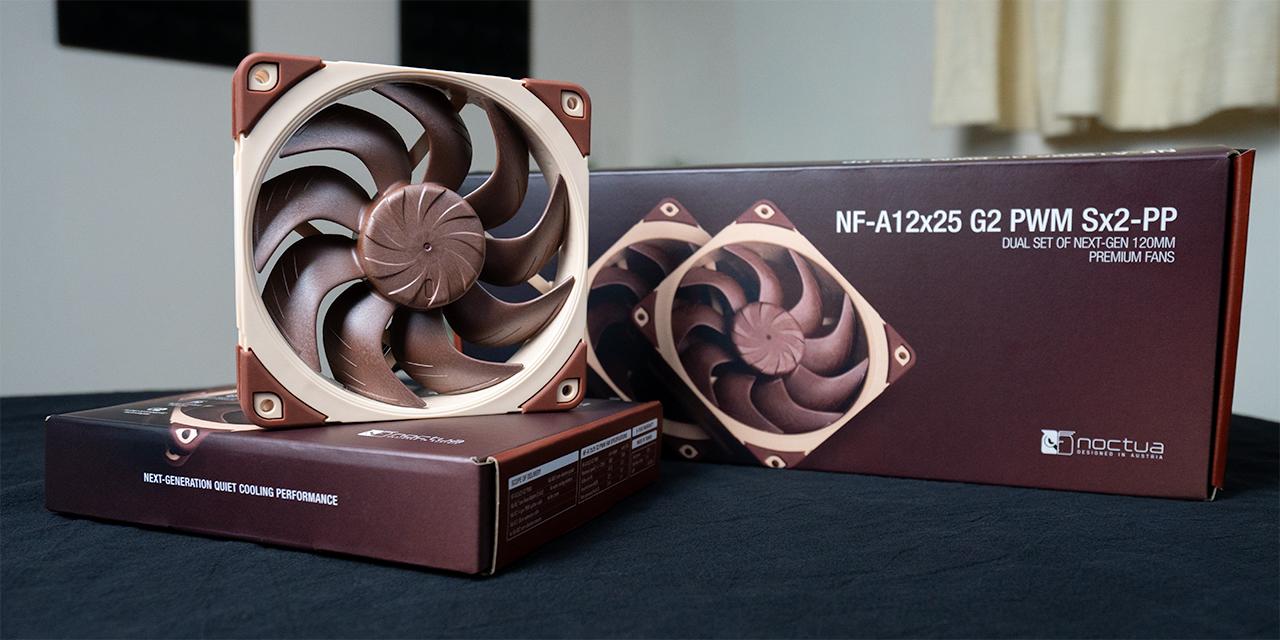Page 4 - Conclusion
The LEOBOG Hi75 sets a high bar for pre-built mechanical keyboards. It features great build quality, double shot PBT keycaps, a solid aluminum case, and an overall great fit and finish. The astronaut metal plaque on the front and the debossed cartoon planet on the back give the Hi75 personality and cuteness. The included braided and coiled cable is a nice touch. The typing feel is phenomenal out of the box. The LEOBOG Nimbus switches are smooth and buttery, and in combination with the case foams, they give the Hi75 a creamy and marbly sound. The PORON gasket mount for the flexcut plate and PCB provides a cushioned and comfortable typing experience. The white, blue, and purple theme of the MDA-profile keycaps looks great and has crisp legends. The keyboard is easy to open, with just a few pulled switches and screws, and the plethora of case foams and plastics can be used to fully customize the typing sound and feel. There are a few downsides to note. The blue indicator lights and the odd lighting effect under the knob can clash with the RGB LED backlight. The unsigned driver is a bit questionable, but it otherwise functions well. At a price of about $100 USD at the time of writing, the LEOBOG Hi75 is a great deal for a solid aluminum mechanical keyboard with a much-lauded typing sound and feel.

LEOBOG provided this product to APH Networks for the purposes of evaluation.
APH Networks Review Focus Summary:
8/10 means Definitely a very good product with drawbacks that are not likely going to matter to the end user.
7/10 means Great product with many advantages and certain insignificant drawbacks, but should be considered before purchasing.
-- Final APH Networks Numeric Rating is 7.7/10
Please note that the APH Networks Numeric Rating system is based off our proprietary guidelines in the Review Focus, and should not be compared to other publications.
The LEOBOG Hi75 mechanical keyboard delivers a rewarding typing experience in a solid aluminum chassis at an entry level price.
Page Index
1. Introduction, Packaging, Specifications
2. A Closer Look - Hardware
3. A Closer Look - Disassembly and Internals
4. Conclusion





